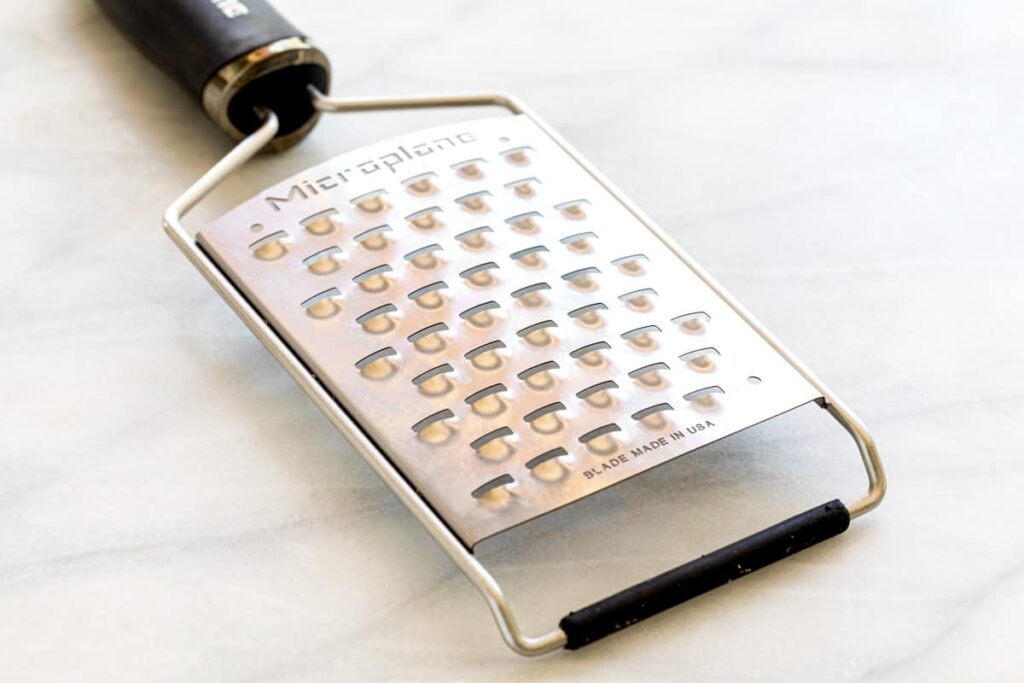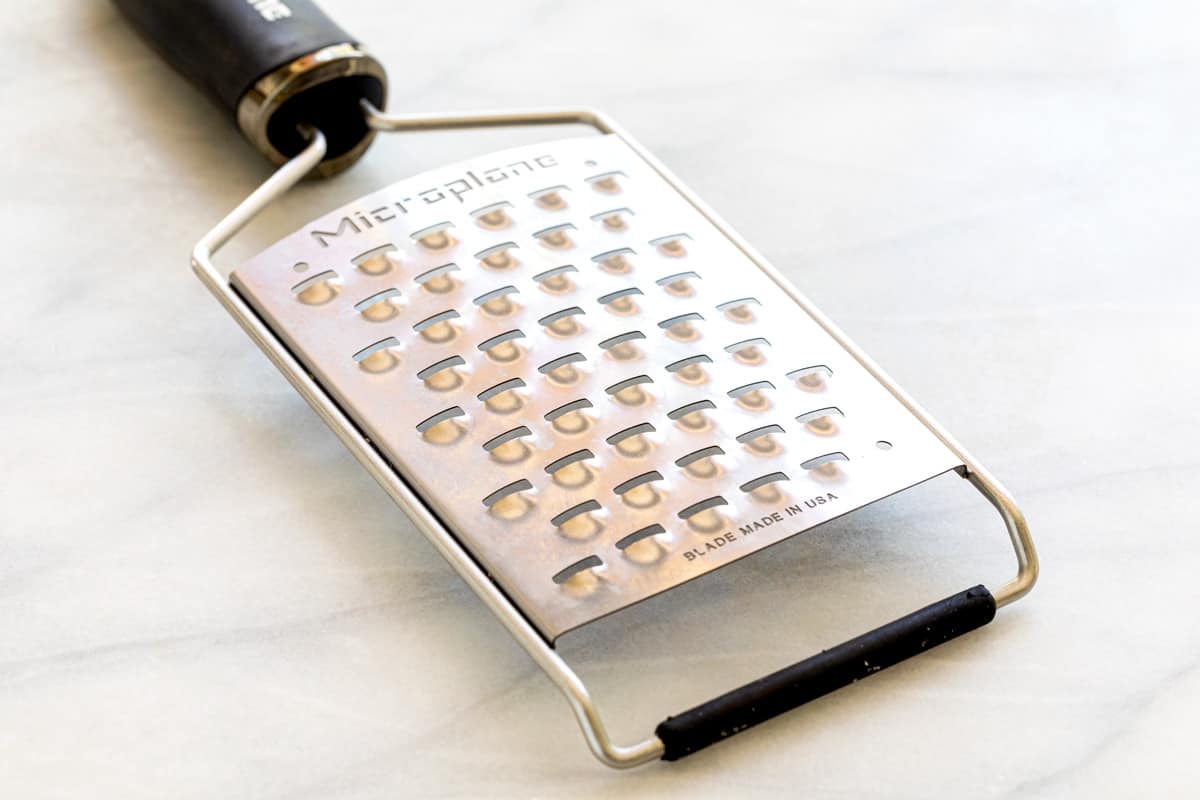
Unveiling the World of Different Graters: A Comprehensive Guide
The humble grater, a kitchen staple often overlooked, is in fact a versatile tool with a surprising variety of forms and functions. From zesting citrus to shredding cheese, different graters are designed for specific tasks, each yielding unique textures and results. Understanding the nuances of these different graters can elevate your culinary creations and streamline your cooking process. This guide will explore the diverse landscape of different graters, examining their uses, materials, and the best ways to care for them. Whether you’re a seasoned chef or a novice cook, mastering the art of the grater will undoubtedly enhance your kitchen skills.
A Brief History of the Grater
The concept of grating food dates back to ancient times. Early graters were rudimentary tools, often made from materials like stone or bone, used to break down hard foods for easier consumption. Over time, graters evolved, with metal graters becoming more common during the Middle Ages. The modern grater, with its multiple blades and ergonomic design, is a relatively recent invention, reflecting our ongoing quest for efficiency and precision in the kitchen.
Types of Graters and Their Uses
Box Graters
The box grater is perhaps the most recognizable and versatile type of grater. Typically featuring four sides, each with a different grater surface, it can handle a wide range of tasks. One side usually has large holes for shredding cheese or vegetables like carrots and zucchini. Another side might have medium-sized holes for grating potatoes or apples. A third side often features fine holes for grating Parmesan cheese or chocolate. And finally, one side is usually a slicing blade for creating thin slices of vegetables. [See also: Best Box Graters for Home Cooks]
Microplane Graters
Microplane graters are known for their razor-sharp blades and ability to create very fine shreds. They are ideal for zesting citrus fruits, grating hard cheeses like Parmesan and Pecorino Romano, and grating spices like nutmeg and cinnamon. The fine texture produced by a Microplane grater allows flavors to be released quickly and evenly, making it a favorite among chefs and bakers. The design also prevents clogging, making them easy to clean. Many cooks find these different graters invaluable for adding delicate touches to their dishes.
Rotary Graters
Rotary graters, also known as drum graters, feature a rotating drum with blades that shred or grate food as it is fed into the hopper. They are particularly useful for grating large quantities of cheese, nuts, or chocolate quickly and efficiently. Rotary graters are often used in restaurants and catering operations where speed and consistency are essential. They can also be a great option for home cooks who frequently grate large amounts of food.
Flat Graters
Flat graters are simple, single-surface graters that are easy to store and clean. They come in a variety of sizes and hole patterns, making them suitable for a range of tasks. Some flat graters feature a coarse surface for shredding cheese or vegetables, while others have a fine surface for grating spices or citrus zest. Their compact design makes them a good choice for small kitchens or for taking on camping trips.
Specialty Graters
In addition to the standard types of graters, there are also a number of specialty graters designed for specific purposes. These include:
- Ginger Graters: These graters feature small, sharp teeth that are perfect for grating fresh ginger. The design helps to separate the pulp from the fibers, resulting in a smoother, more flavorful result.
- Garlic Graters: Garlic graters are designed to grate garlic into a fine paste, releasing its essential oils and maximizing its flavor. Some garlic graters also feature a built-in peeler.
- Vegetable Spiralizers: While not technically graters, vegetable spiralizers use blades to create long, spiral-shaped strands of vegetables like zucchini, carrots, and cucumbers. These are a fun and healthy way to add vegetables to salads, pasta dishes, and other recipes.
Materials Used in Graters
Graters are typically made from stainless steel, plastic, or a combination of both. Stainless steel graters are durable, rust-resistant, and easy to clean. They are also less likely to absorb odors or flavors from food. Plastic graters are lightweight and inexpensive, but they may not be as durable as stainless steel graters. Some graters feature a combination of stainless steel blades and a plastic handle or frame.
Choosing the Right Grater
When choosing a grater, consider the types of tasks you will be using it for. If you only need a grater for occasional use, a simple flat grater may suffice. However, if you frequently grate cheese, vegetables, or spices, a box grater or Microplane grater may be a better investment. Also, consider the material of the grater. Stainless steel graters are generally more durable and easier to clean than plastic graters. Finally, look for a grater with a comfortable handle and a stable base to prevent slipping during use. The variety of different graters available makes it easy to find the perfect tool for your needs.
Caring for Your Grater
To keep your grater in good condition, it is important to clean it properly after each use. Most graters can be washed in the dishwasher, but hand washing is often recommended to prevent damage to the blades. Use a brush or sponge to remove any food particles from the grater. If food is stuck on the grater, soak it in warm, soapy water for a few minutes before cleaning. Avoid using abrasive cleaners or scouring pads, as these can damage the blades. Store your grater in a safe place to prevent it from being damaged or causing injury.
Safety Tips for Using Graters
Graters can be sharp, so it is important to use them carefully to avoid injury. Always use a food holder or guard when grating small pieces of food. Keep your fingers away from the blades, and never apply too much pressure. If you are using a Microplane grater, be especially careful, as the blades are very sharp. When cleaning a grater, use a brush or sponge to avoid cutting yourself. With proper care and attention, you can use a grater safely and effectively for years to come. Understanding the different graters and their specific uses also contributes to safer kitchen practices.
The Art of Grating: Tips and Techniques
Grating food may seem like a simple task, but mastering a few key techniques can significantly improve your results. First, ensure that your grater is clean and dry before use. This will prevent food from sticking to the blades. Second, apply even pressure when grating to ensure consistent results. Third, use the right type of grater for the task at hand. A Microplane grater is ideal for zesting citrus, while a box grater is better suited for shredding cheese. Finally, don’t be afraid to experiment with different graters and techniques to find what works best for you. The more you practice, the better you will become at grating food.
The Versatility of Different Graters in Modern Cooking
In today’s culinary landscape, the grater remains an indispensable tool. From adding a sprinkle of Parmesan cheese to a pasta dish to creating a vibrant citrus zest for a dessert, the grater’s versatility is unmatched. Modern chefs are constantly finding new and innovative ways to use graters to enhance the flavor and texture of their creations. The availability of different graters, each designed for a specific purpose, allows cooks to achieve a level of precision and control that was previously unimaginable. Whether you’re grating chocolate for a decadent cake or shredding vegetables for a healthy salad, the grater is a tool that will continue to play an important role in the kitchen for years to come.
Ultimately, the world of different graters is one of surprising depth and utility. By understanding the various types available and their specific applications, you can significantly improve your cooking skills and add a new dimension to your culinary creations. So, the next time you reach for a grater, take a moment to appreciate the ingenuity and versatility of this humble kitchen tool.

